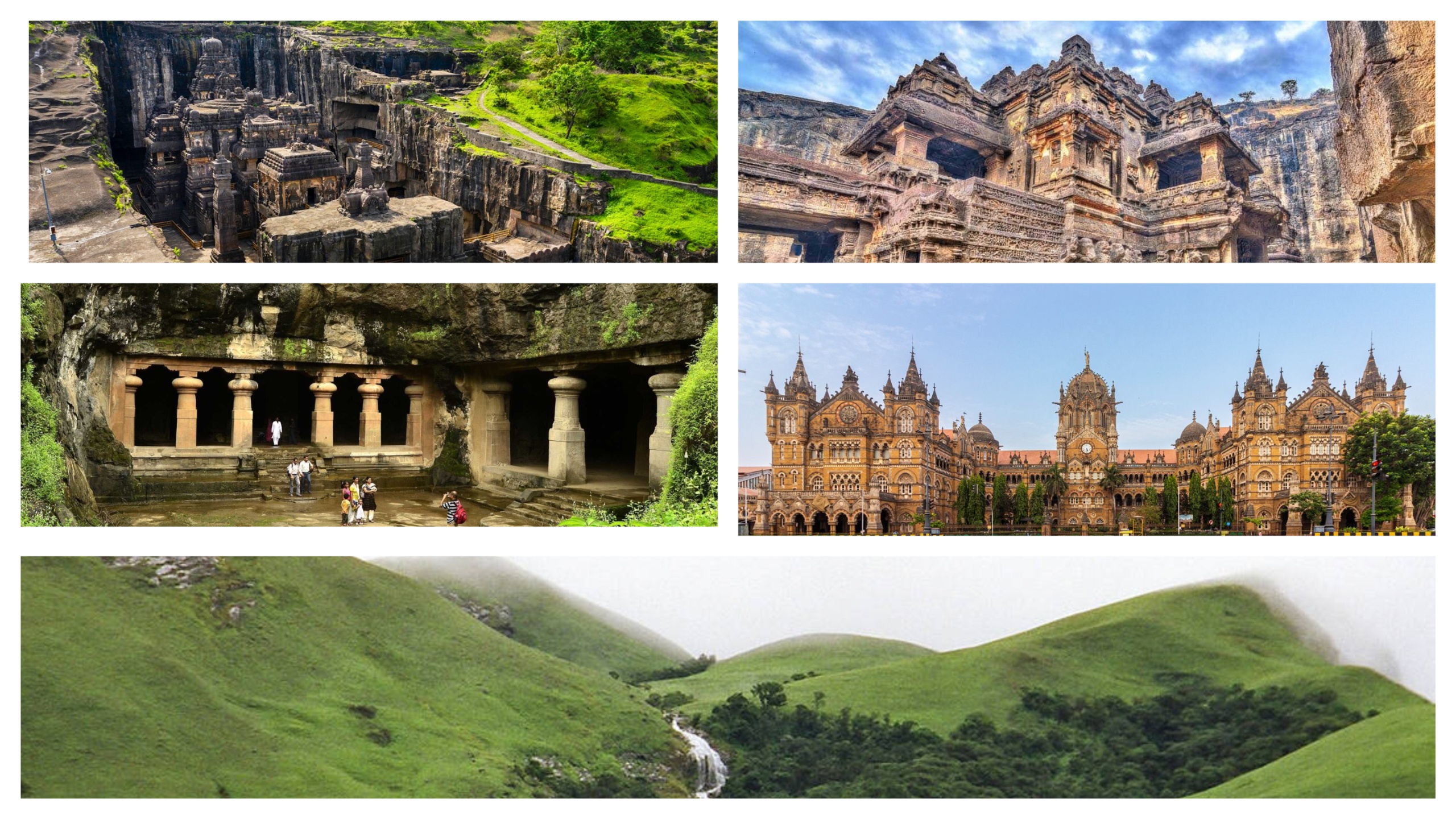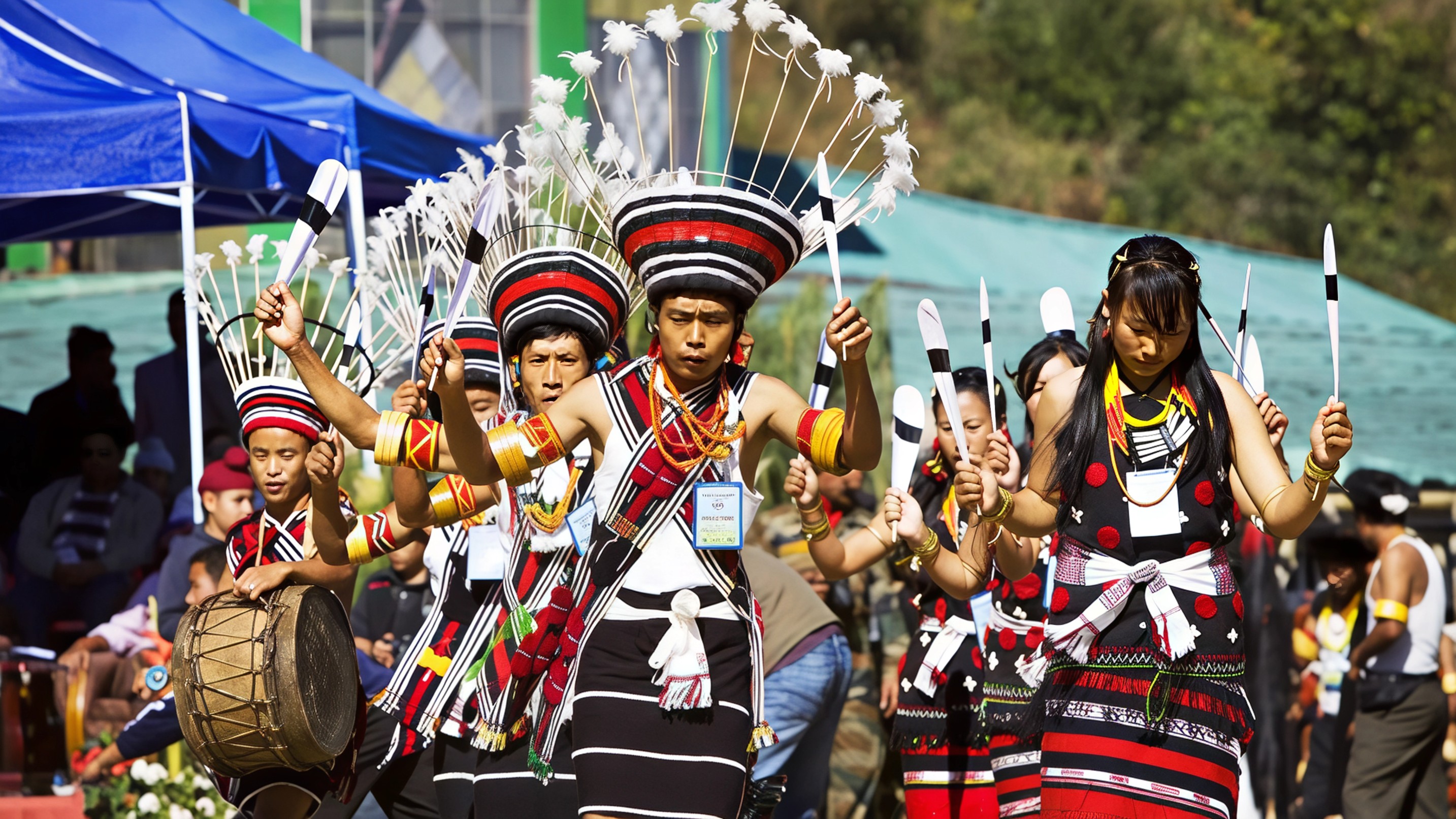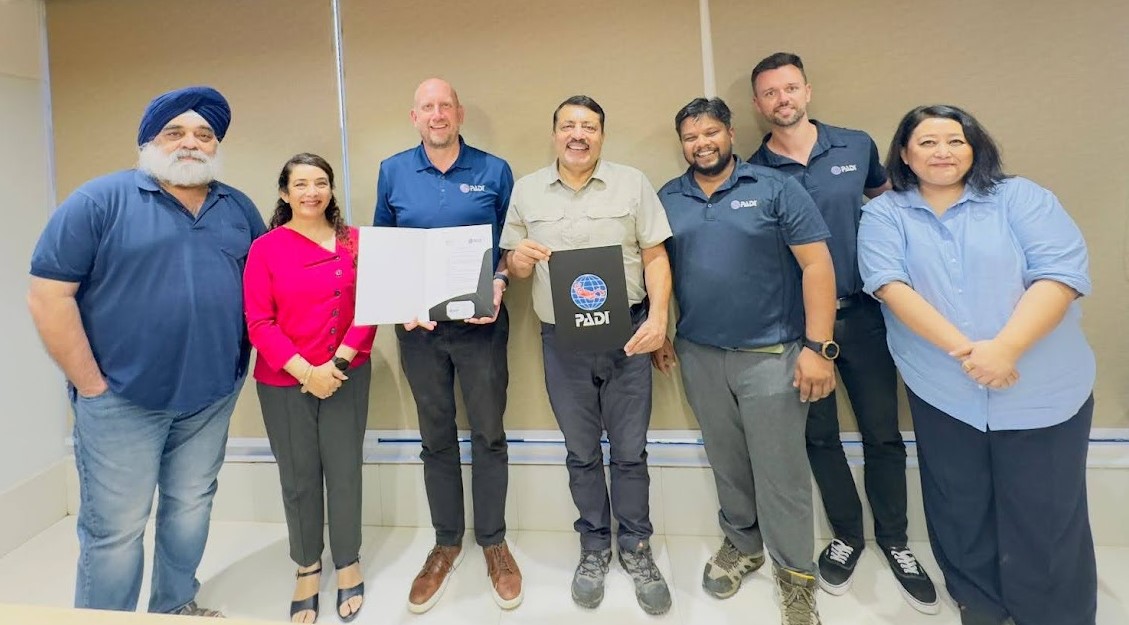1. Ellora Caves

There is something almost supernatural about Ellora. A 1,500-year-old rock-cut complex where Hinduism, Buddhism, and Jainism come together in harmony, Ellora is not just a place to admire but a place to feel. The Kailasa Temple is the crown jewel here, carved vertically from a single cliff. There are no bricks and no glue, just one mountain sculpted downward into an enormous temple with multiple levels and corridors. Even modern engineers still marvel at how this was achieved centuries ago. The caves also served as monasteries and learning centers, making Ellora a space of worship, art, and education all at once.
2. Ajanta Caves
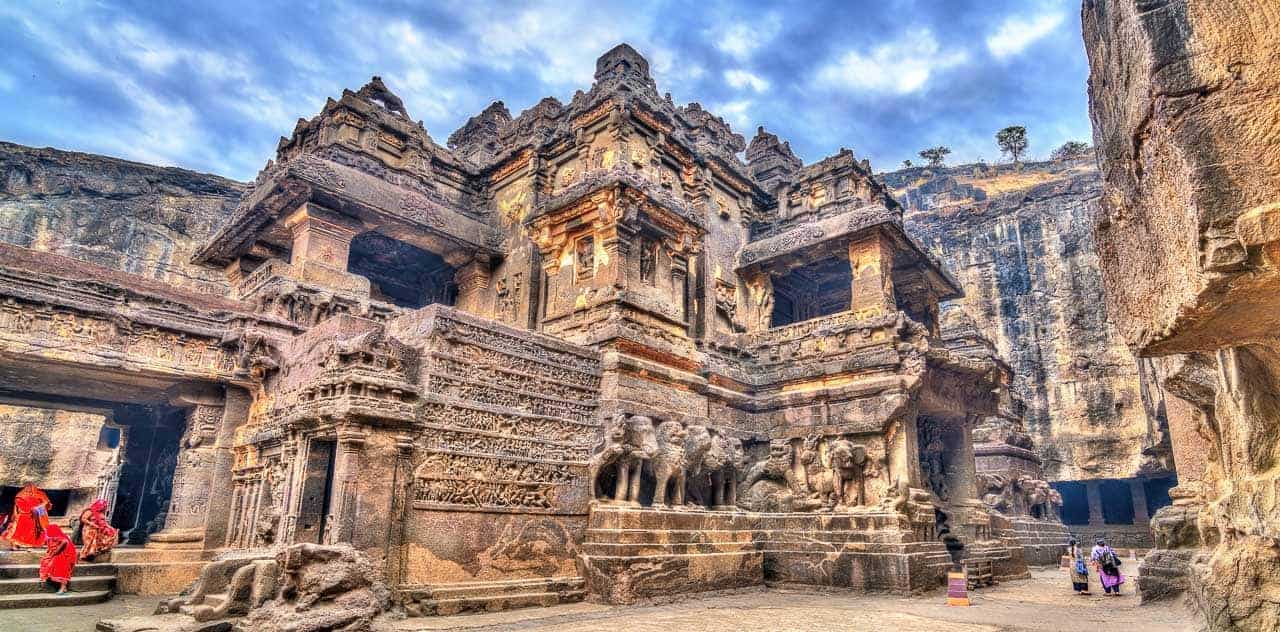
Tucked deep in the Sahyadri hills, Ajanta is an eternal masterpiece of art and spirituality. These caves house some of the oldest and most intricate murals in Indian history, painted over 2,000 years ago using natural dyes. The paintings depict stories from the life of Buddha and the Jataka tales, full of emotion and detail that still resonate today. The caves were carved into a horseshoe-shaped cliff by Buddhist monks, serving as a refuge for meditation, art, and storytelling. With every brushstroke preserved through centuries, Ajanta feels less like a historical site and more like a living canvas.
3. Elephanta Caves
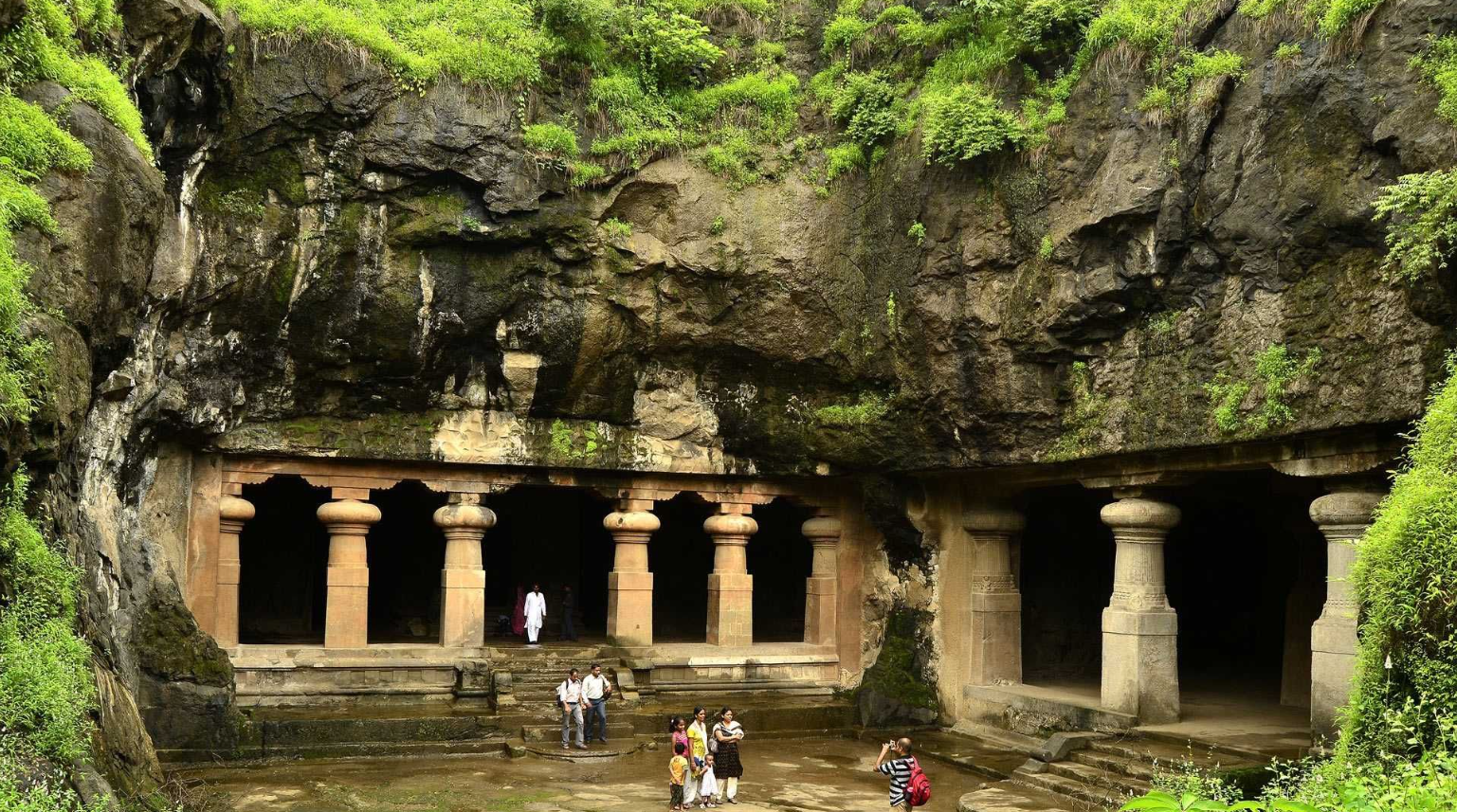
A short ferry ride from Mumbai lands you on Elephanta Island, where ancient rock-cut temples wait in quiet dignity. The main attraction is a massive three-headed sculpture of Lord Shiva, representing creation, preservation, and destruction. Despite being lesser known than Ellora or Ajanta, Elephanta has a distinct presence. It blends raw natural beauty with powerful spiritual energy. What makes it even more fascinating is that the origins of the caves remain a mystery, adding a layer of intrigue to this serene escape from city chaos.
4. Chhatrapati Shivaji Maharaj Terminus
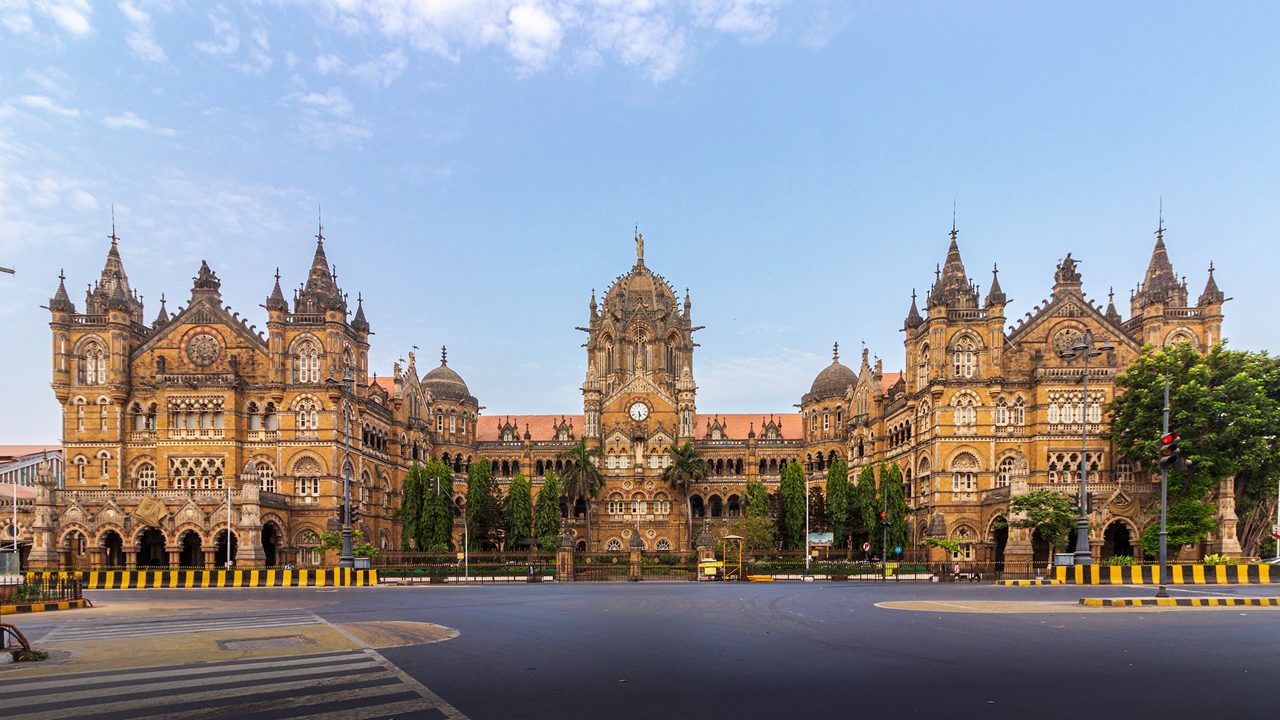
At first glance, it may seem like just another busy railway station, but CSMT is a marvel of design and engineering. Built in 1887, this grand Victorian Gothic structure combines Indian craftsmanship with British architectural styles. Look closer and you will see lion statues, stained glass windows, peacocks, and monkeys carved into its walls. It is one of the busiest stations in India, yet it holds a timeless beauty that goes unnoticed by the millions who pass through its gates every day. CSMT is more than a travel hub; it is a living museum in motion.
5. Western Ghats
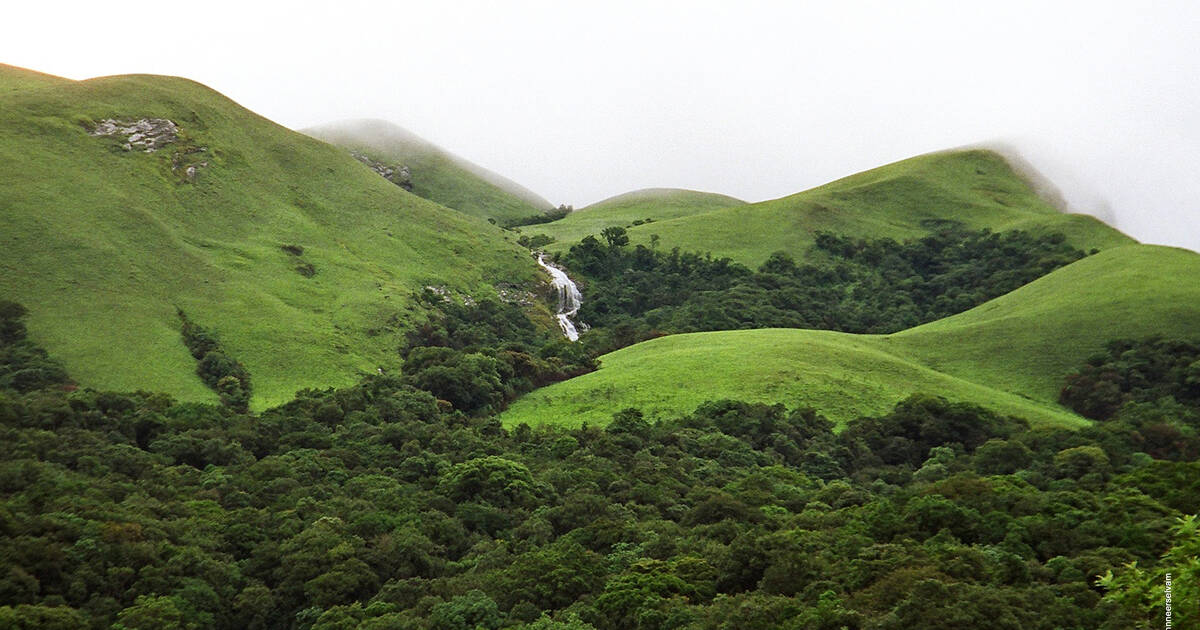
The Western Ghats in Maharashtra are one of the most biologically rich and ecologically sensitive regions on the planet. With lush green hills, ancient forests, seasonal waterfalls, and endemic wildlife, this mountain range is a sanctuary for both nature and culture. The Kaas Plateau transforms into a carpet of wildflowers each year, and places like Malshej Ghat offer endless views of misty peaks and valley trails. These hills are not just tourist spots; they are sacred lands where tribal communities have lived in balance with nature for centuries.
Why These Places Matter
Each of these sites offers more than visual beauty. They offer a sense of connection, to the past, to the earth, and to the cultures that shaped them. Whether it is a centuries-old cave or a railway station with cathedral-like arches, these places speak to the heart and soul of Maharashtra’s identity.
So the next time you are looking for a travel plan that combines wonder, heritage, and emotion, start here. Explore Maharashtra’s UNESCO treasures not just as a tourist but as a seeker of stories carved in stone and whispered through the winds.
Follow Travel Moves on Instagram and Facebook for more such travel guides, hidden gems, and weekend getaways that will inspire your next journey.

